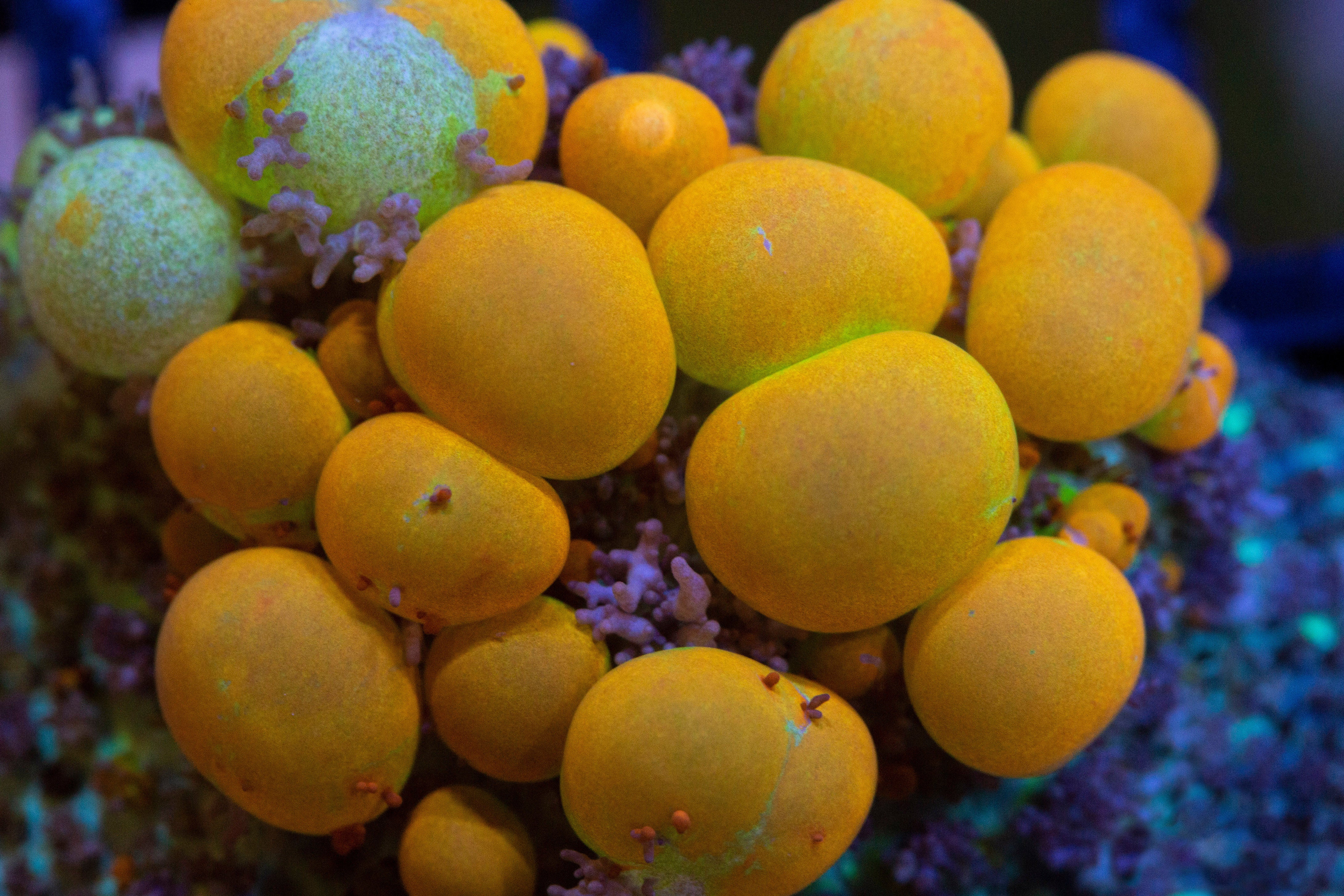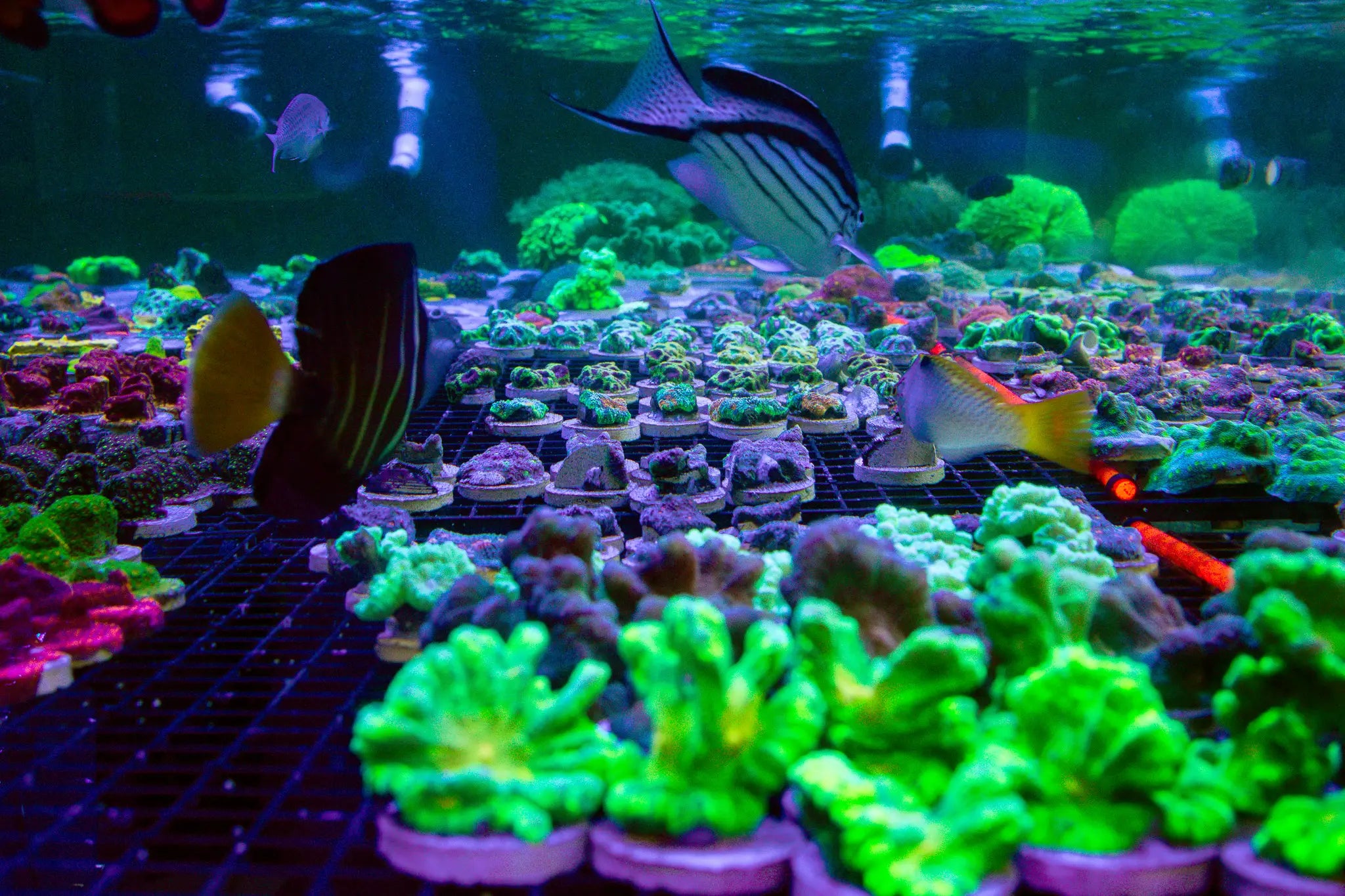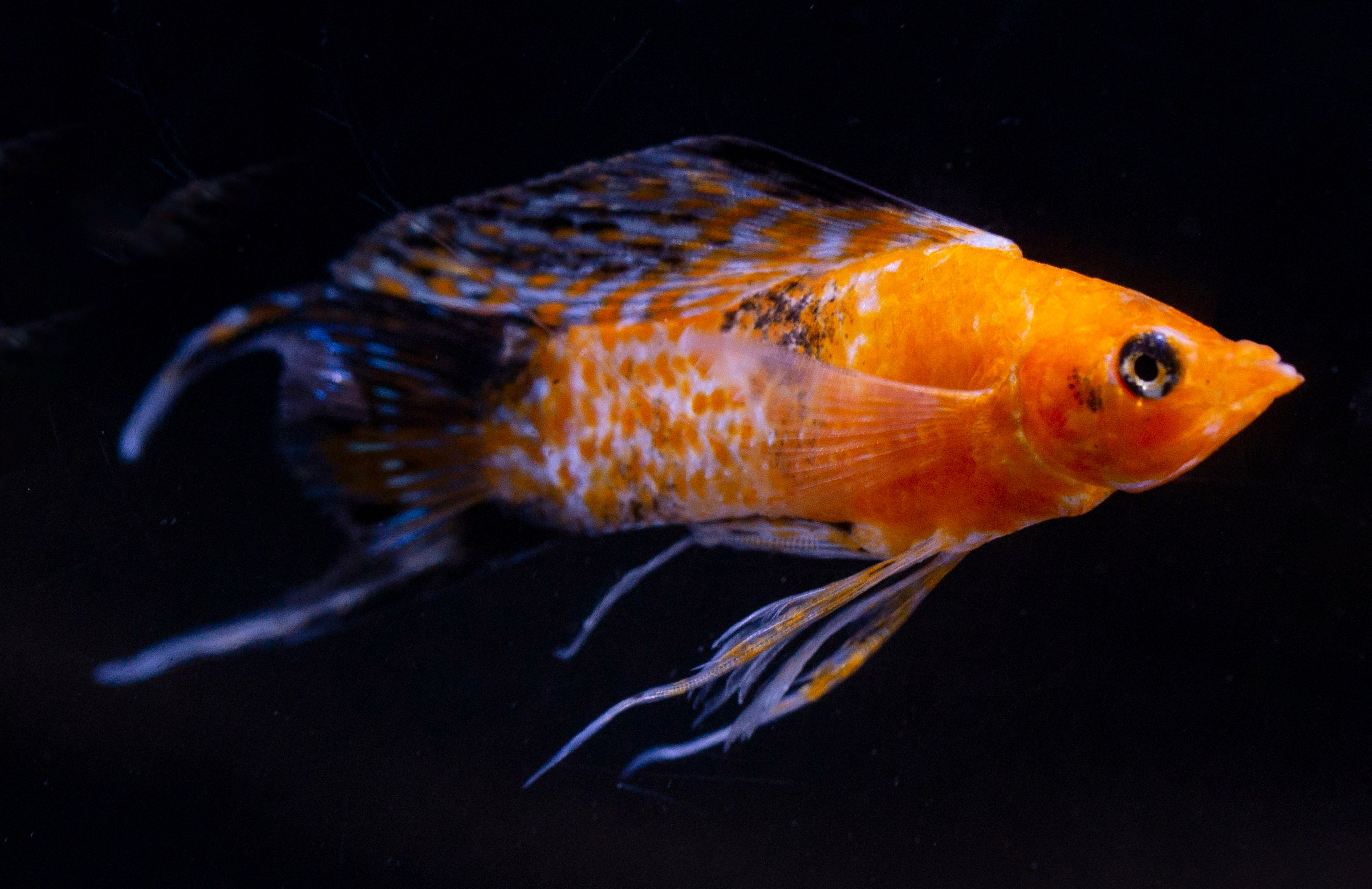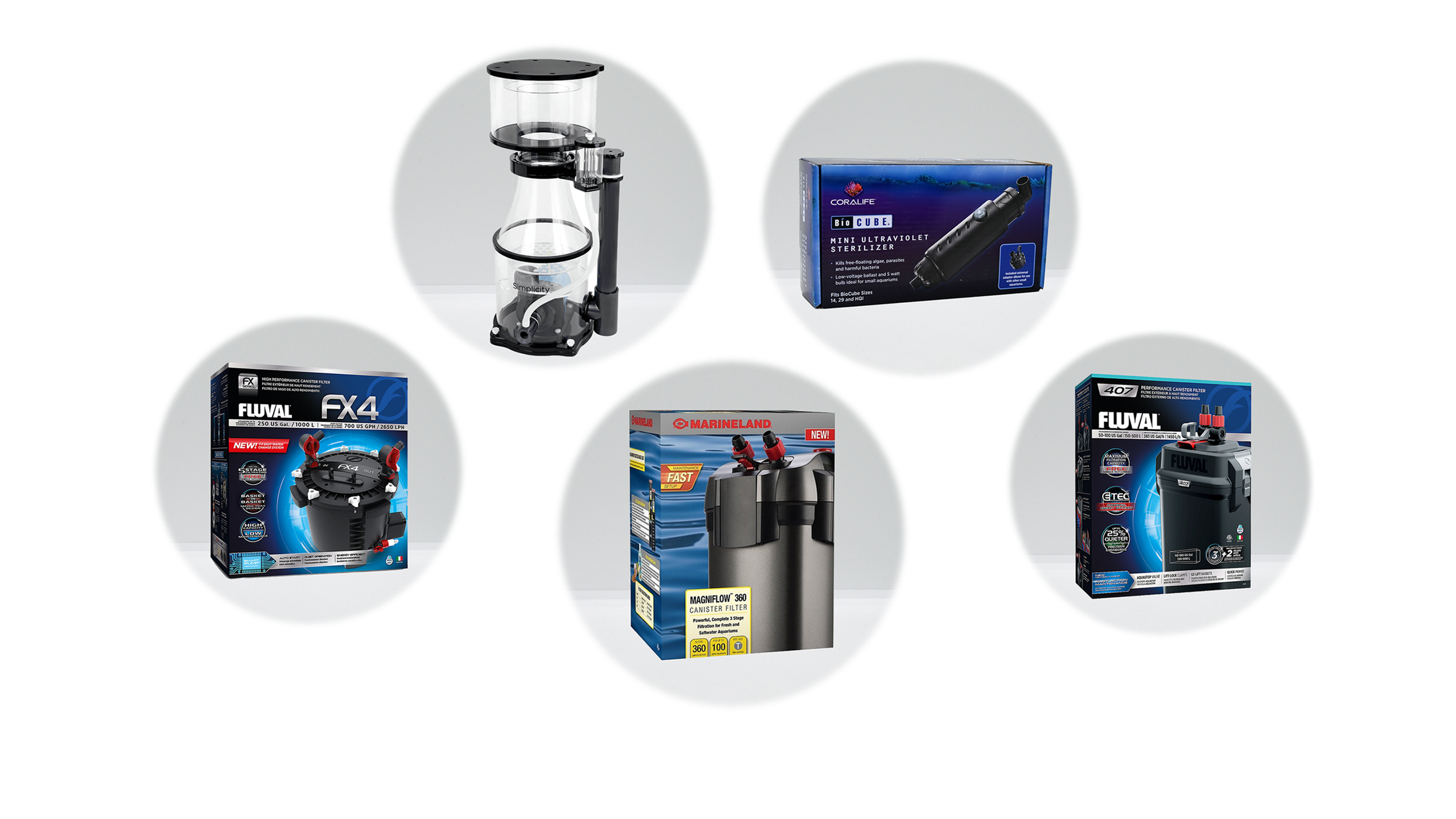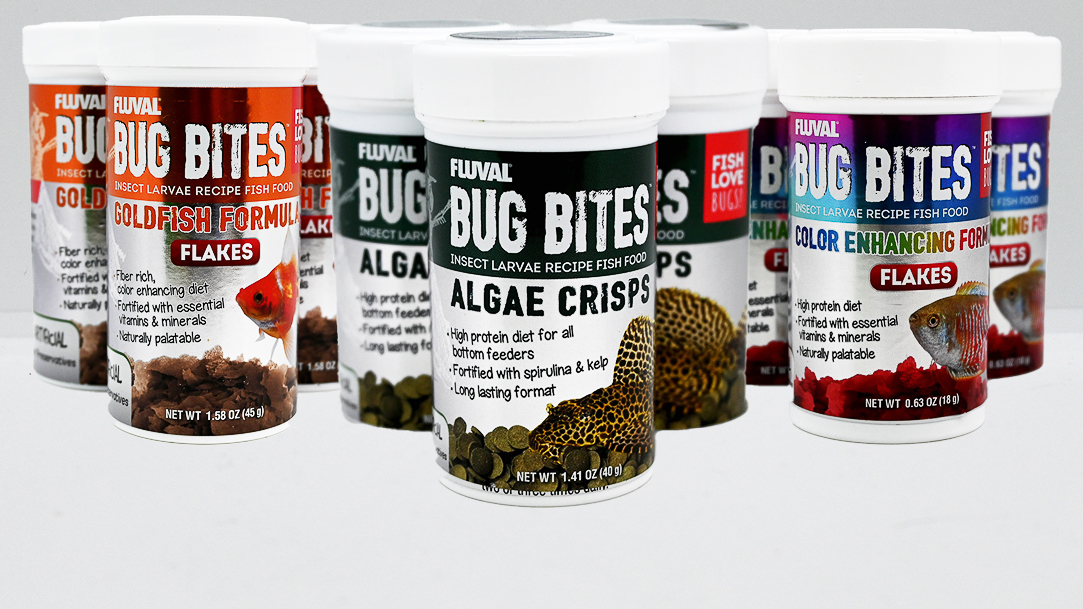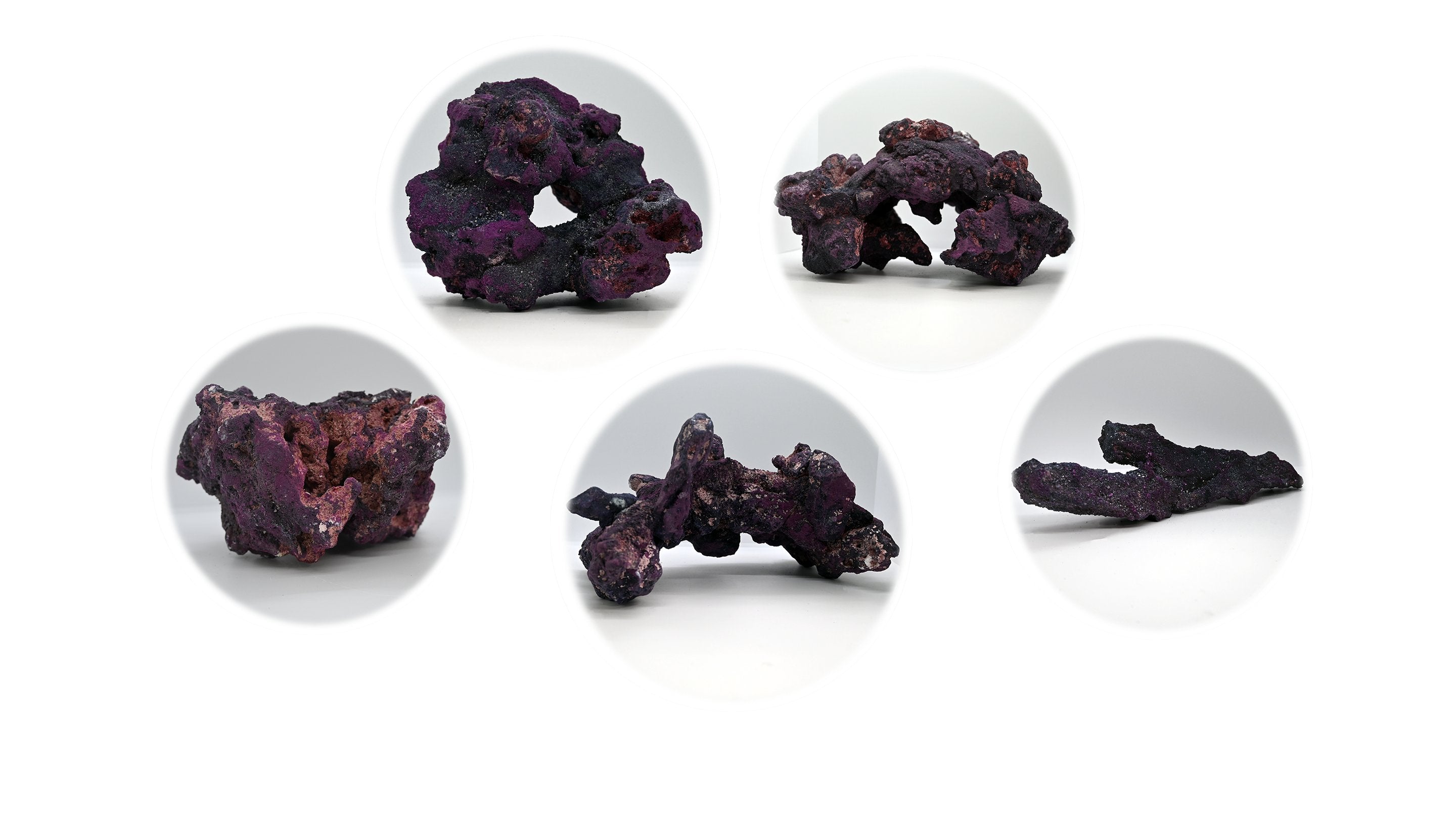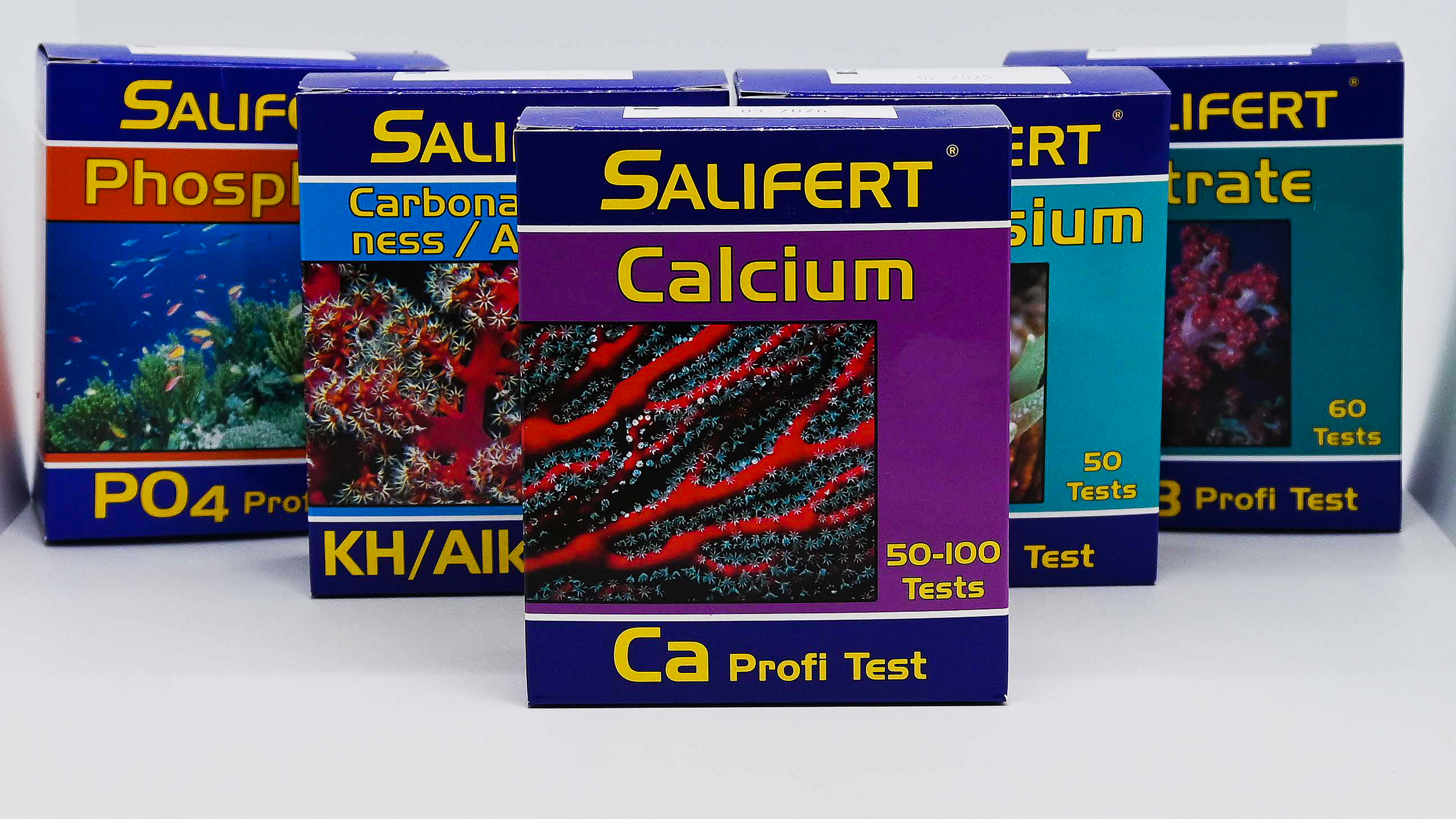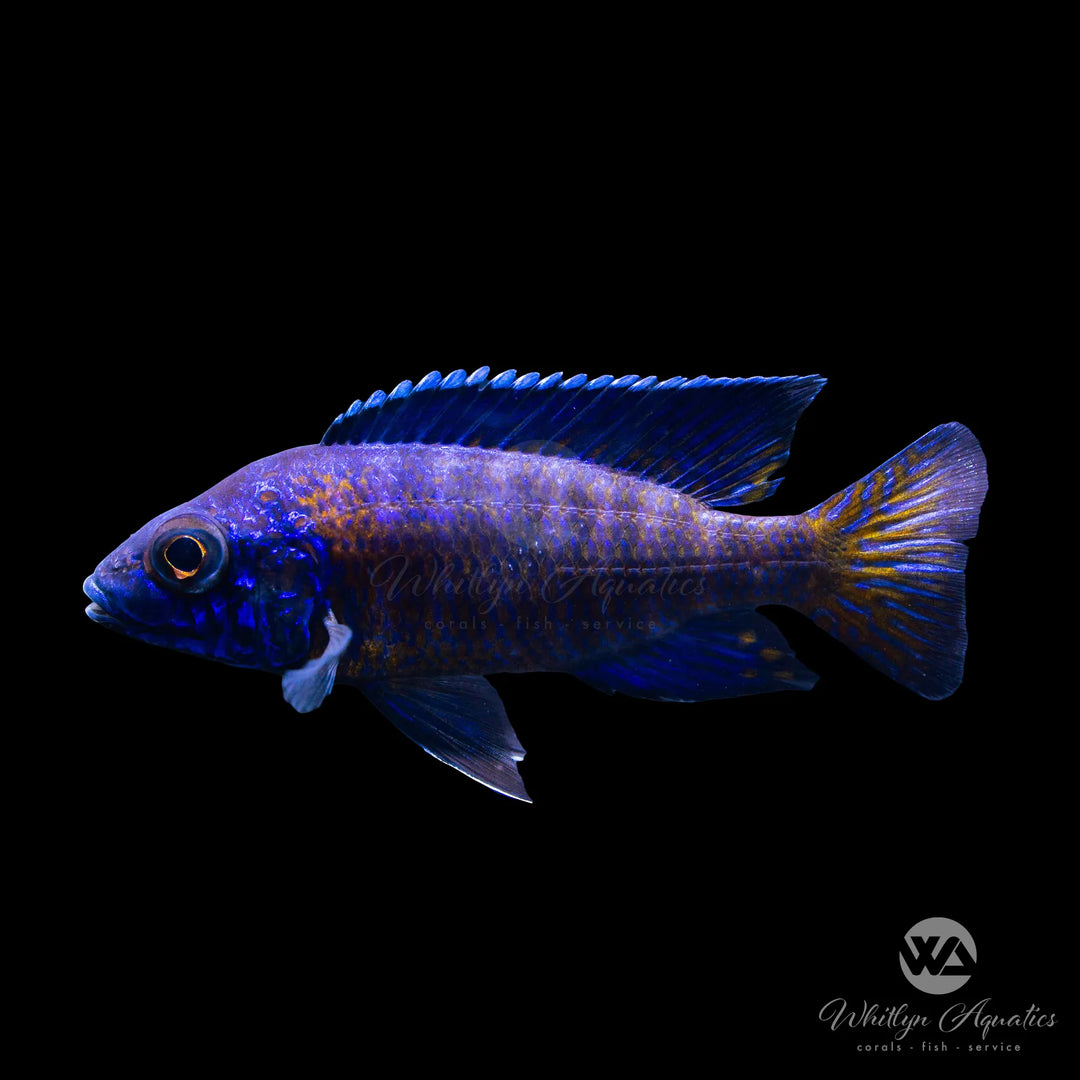
Ngara Flametail Peacock - Aulonocara stuartgranti
- In stock, ready to ship
- Backordered, shipping soon
Ngara Flametail Peacock - Aulonocara stuartgranti
The Ngara Flametail Peacock is a spectacular cichlid variety renowned for its vibrant coloration and graceful presence. Native to Lake Malawi in East Africa, this Aulonocara species is highly sought after for its stunning blue and yellow hues and peaceful demeanor, making it a favorite among cichlid enthusiasts.
Description:
• Common Name: Ngara Flametail Peacock
• Scientific Name: Aulonocara stuartgranti
• Family: Cichlidae
• Size: 4-6 inches (10-15 cm)
• Color: Iridescent blue body with a striking yellow to orange “flame” extending from the tail through the dorsal fin.
Native Region:
This peacock cichlid is found in the rocky and sandy areas of Lake Malawi, where it thrives in clear, hard water with plenty of open swimming space.
Aquarium Setup:
• Tank Size: Minimum of 55 gallons (208 liters) to accommodate active swimming and territorial behavior.
• Substrate: Fine sand or smooth gravel.
• Aquascaping: Provide rock formations and caves for hiding and territories, leaving open areas for swimming.
Water Parameters:
• Temperature: 76-82°F (24-28°C)
• pH: 7.8-8.6, maintaining an alkaline environment.
• Hardness: 10-20 dGH.
Care Level:
• Difficulty: Moderate
• Diet: Omnivorous; provide a diet of high-quality cichlid pellets, supplemented with brine shrimp, bloodworms, and vegetable-based flakes or spirulina.
• Behavior: Generally peaceful but may display territorial behavior during breeding. Suitable for a community tank with other Malawi cichlids that are not overly aggressive.
Additional Tips:
• Tank Mates: Ideal tank mates include other peaceful to moderately aggressive Aulonocara and Haplochromis species. Avoid overly aggressive Mbuna cichlids.
• Decor: Arrange rocks to create multiple hiding spots and visual barriers to reduce aggression and establish territories.
• Water Quality: Ensure pristine water conditions through regular water changes and efficient filtration to mimic the clean waters of their natural habitat.





